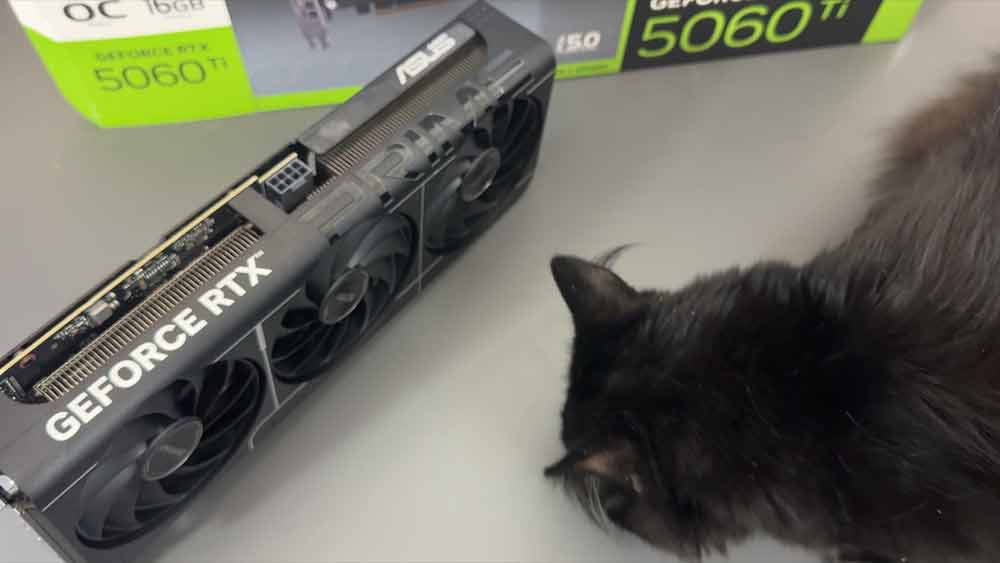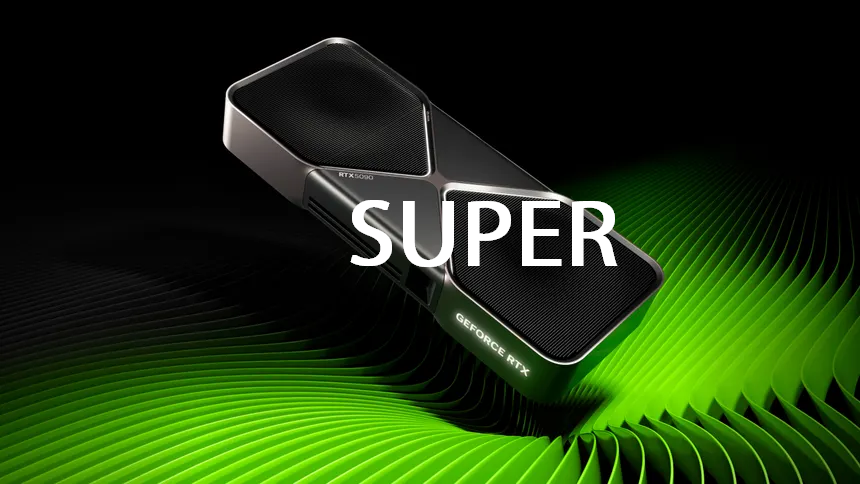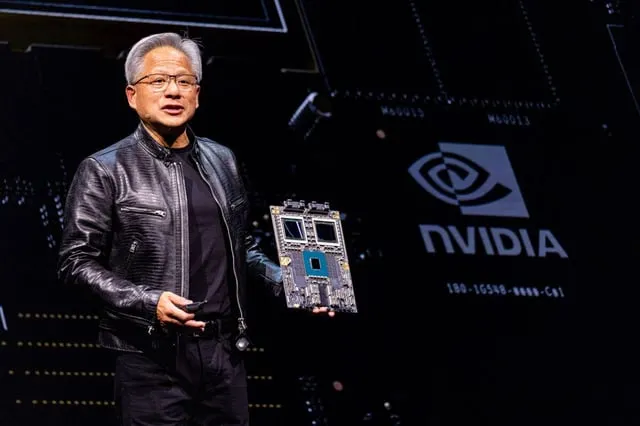Intel and Nvidia are teaming up, with the two companies announcing via press releases that Nvidia is investing $5 billion in Intel to develop Intel X86-based products featuring Nvidia RTX GPUs. This is an absolutely massive story that will rock not just the customer space (such as desktops and laptops) but have far-reaching ramifications for the server and AI market, too.
According to the blog post on Nvidia’s news website “For data centers, Intel will build NVIDIA-custom x86 CPUs that NVIDIA will integrate into its AI infrastructure platforms and offer to the market.”
Additionally, Nvidia adds: “For personal computing, Intel will build and offer to the market x86 system-on-chips (SOCs) that integrate NVIDIA RTX GPU chiplets. These new x86 RTX SOCs will power a wide range of PCs that demand integration of world-class CPUs and GPUs.”

Nvidia and Intel will provide additional information on this later today via a press conference, but I suspect the ramifications of what this truly means will take months if not a year or more, to fully comprehend.
Jensen Huang said this: “AI is powering a new industrial revolution and reinventing every layer of the computing stack — from silicon to systems to software. At the heart of this reinvention is NVIDIA’s CUDA architecture,” Nvidia’s founder continued, “This historic collaboration tightly couples NVIDIA’s AI and accelerated computing stack with Intel’s CPUs and the vast x86 ecosystem — a fusion of two world-class platforms. Together, we will expand our ecosystems and lay the foundation for the next era of computing.”
This will be intriguing – because Intel of course has a plethora of X86 based products, but also packaging technologies they’re employing across multiple segments (and we’ve talked a lot about Nova Lake’s 52-core multi tile design several times before), but outside of that, combine expertise with the likes of Nvidia’s NVlink and networking (not that Intel doesn’t know a thing or two about networking) the sky’s the limit.
Now, it doesn’t seem that Nvidia will be abandoning their own ARM-based plans and processors; for example, such as products like NX1 will still come to the market. But, in Intel’s case – they’ve been developing their own iGPUs for a long time, and have of course started creating their own Desktop discrete graphics (and server GPUs too) in the form of ARC. Alchemist and Battlemage have both been released, and we’re all waiting on high end BMG to hit store shelves (packing and test boards have recently been spotted in shipping manifests).

https://x.com/mango_raw/status/1968007872241136051
The next architecture is Celestial and we even know the name of its successor: Celestial.
But it begs the question – will Intel continue to develop this, or instead continue to partner with Nvidia and cut back on R&D and staffing costs and pouring everything into X86 and other products instead. I would imagine Nvidia certainly would like that – but we’ll need to wait and see, because even if discrete products go, it doesn’t necessarily mean iGPU intel based GPUs will get canned.
That said – Intel partnered with AMD previously for specific products incorporating AMD’s RX Vega M as their iGPU – will Intel do the same thing, but now with Nvidia RTX, while keeping their own IGPU lineup alive?
And on the subject of AMD; it will be nothing short of intriguing to see what happens in the data center market with both CPU and GPU share. AMD’s Epyc range of processors has gone from strength to strength, and AMD managed to gobble up huge swathes of the sales from Intel; with Zen 3, 4, and 5 products all being extremely popular with data centers.

Obviously, GPU solutions such as the MI3xx series from AMD are also popular with customers too but Intel and Nvidia are both focusing on what they do best, and with chips across the board. It will be extremely interesting to see how AMD can compete. Of course – at the moment all of this is very early days, and just how ‘fruitful’ the partnership is… well, we’ll have to wait and see.





